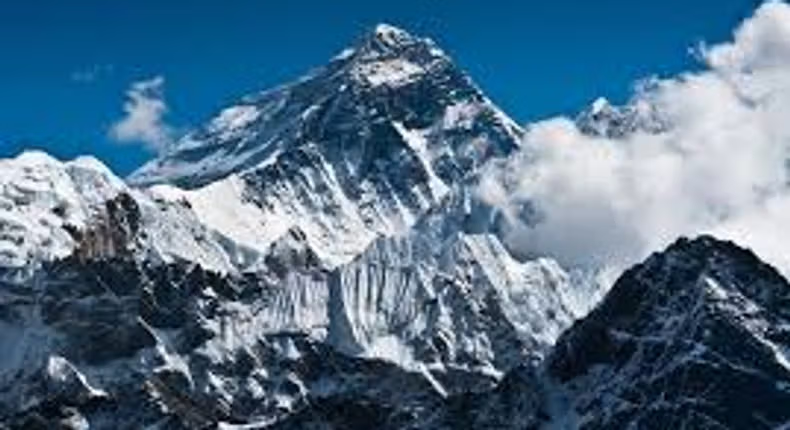2 mn read
Mount Everest, the highest point on Earth, is not just a destination for adventurers; it holds a wealth of intriguing facts that often go unnoticed. Here are five fascinating insights about this majestic mountain:
- George Everest Didn’t Want It Named After Him
Despite being named after the British surveyor George Everest, he was opposed to the idea. In 1852, when the Great Trigonometrical Survey team identified the mountain on the Nepal-Tibet border as the tallest in the world, it was initially called Peak XV. Andrew Scott Waugh, who worked under Everest, proposed naming it after him, but Everest preferred using native names for geographical features and is said to have never visited the mountain. - Everest Is Growing
Mount Everest is slowly but steadily increasing in height. This phenomenon is due to the ongoing collision of the Indian and Eurasian tectonic plates that formed the Himalayas millions of years ago. As a result, Everest rises approximately 4 millimeters (0.16 inches) each year. - More Than 300 People Have Died on Everest
While many mountaineers dream of conquering Everest, the mountain is notoriously perilous. Over 300 climbers have lost their lives in the pursuit of the summit, with causes including avalanches, falls, altitude sickness, and exhaustion. Unfortunately, many bodies remain on the mountain, as recovering them poses significant challenges due to dangerous conditions. - It Takes Weeks to Climb
Climbing Mount Everest is not a quick endeavor; it typically takes an average of two months to complete an expedition. This extended timeframe includes acclimatization to the altitude, setting up camps, and making the final ascent to the summit. Climbers often spend weeks at base camp and higher camps to adjust to the low oxygen levels before attempting the peak. - Everest Is Covered in Trash
The popularity of Everest has led to environmental issues, with the mountain accumulating a significant amount of waste from climbers over the years. Discarded oxygen bottles, tents, equipment, and human waste have earned Everest the unfortunate nickname of “the world’s highest garbage dump.” In recent years, various cleanup expeditions have been organized to remove debris and restore the mountain’s natural beauty.
Mount Everest remains a symbol of adventure, human endurance, and the relentless quest for greatness. For those who dare to take on its challenges, the mountain tests not only physical limits but also perseverance and determination.

